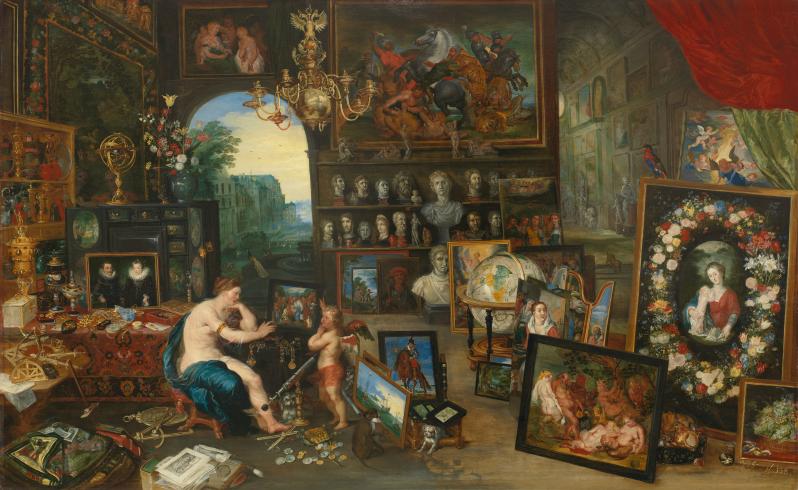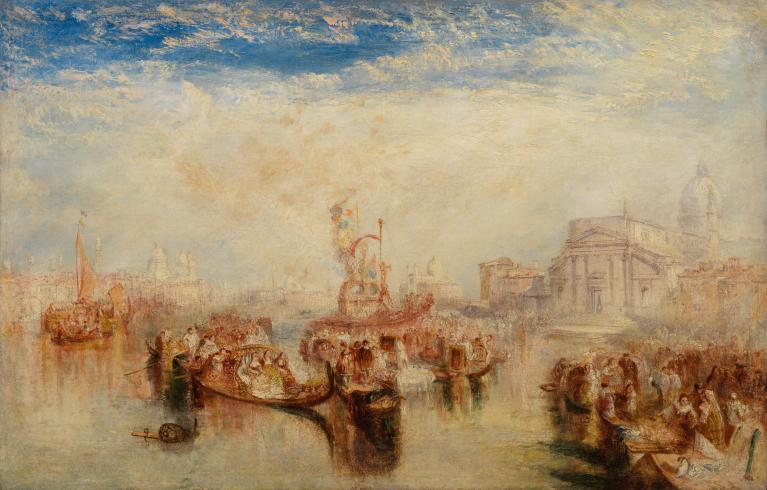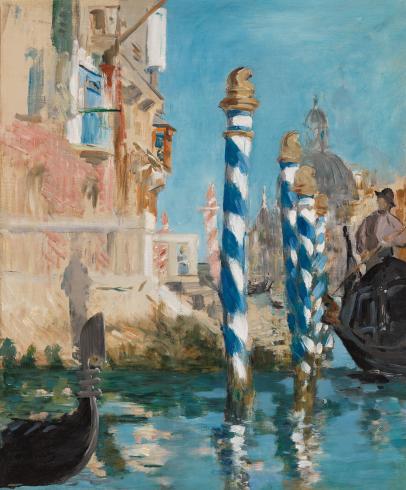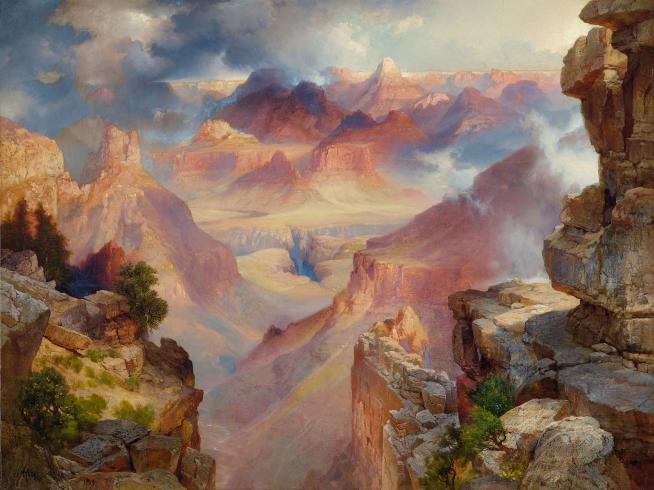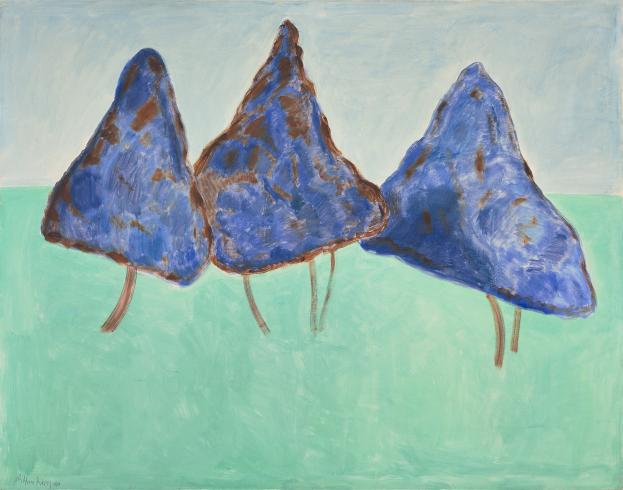Seeing Nature
Landscape Masterworks from the Paul G. Allen Family Collection
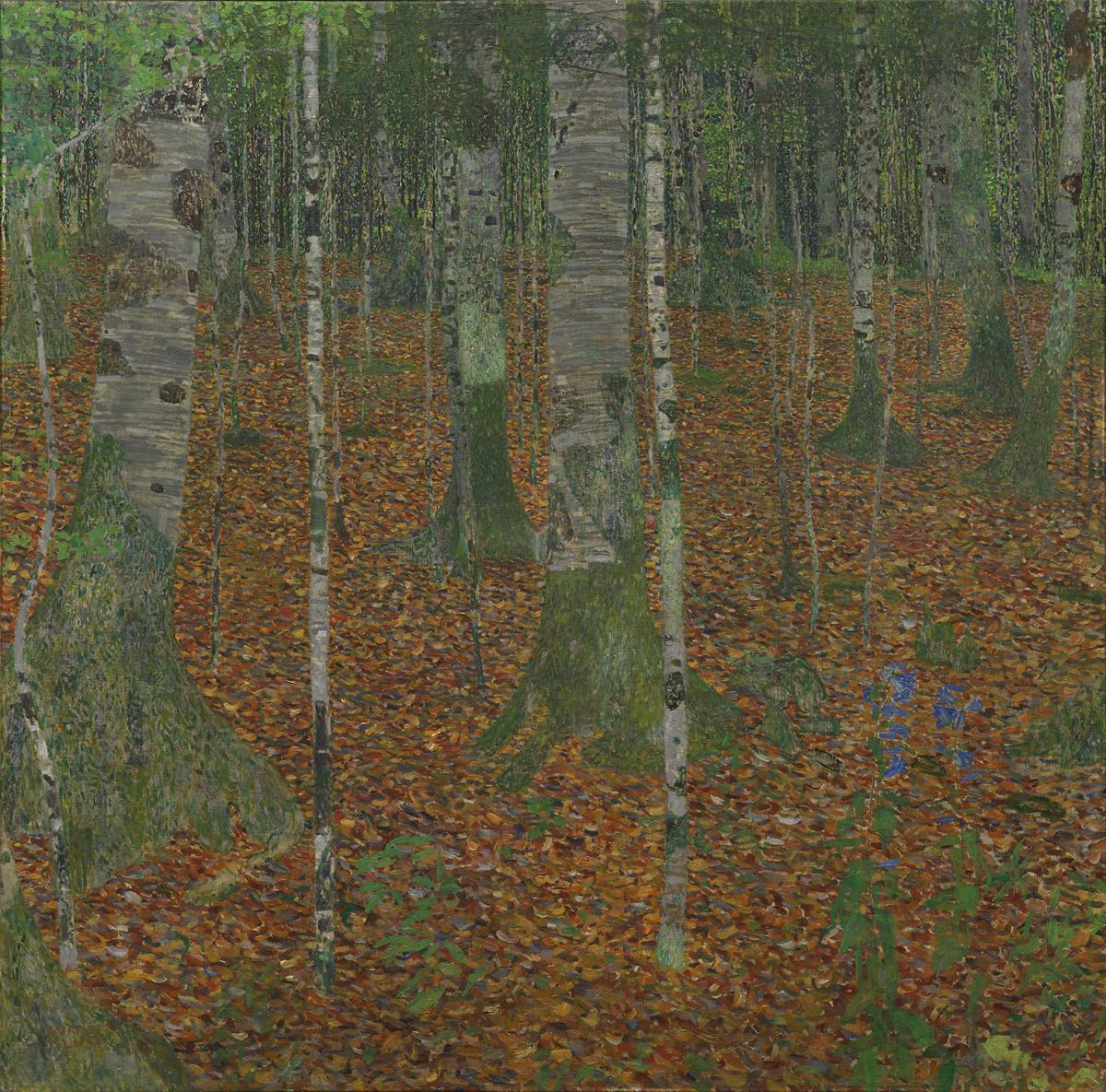
Featuring 39 masterpieces spanning five centuries, this exhibition draws from the Paul G. Allen Family Collection to explore the evolution of European and American landscape art. Highlights include Jan Brueghel the Younger’s 17th‐century allegorical paintings of the five senses that invite visitors to consider their own experiences of the world. Venice, one of Allen’s favorite cities, is sumptuously represented in the exhibition through stunning Venetian scenes by Canaletto, Édouard Manet, Claude Monet, and J. M. W. Turner, among others. Other highlights include five Monet landscapes spanning 30 years, from views of the French countryside to his late immersive representations of water lilies, evocative works by Paul Cézanne and Gustav Klimt, and modern and contemporary perspectives by 20th‐century artists as diverse as Georgia O’Keeffe, Edward Hopper, David Hockney, Gerhard Richter, and Ed Ruscha.
The Nature of Seeing — How the Brain Constructs the Visual World
The Nature of Seeing
“People talk about how our brains are wired to see landscapes, to look at landscapes and to see what’s going on in them—so there’s something about landscapes that seems almost universally attractive. It’s a way of looking outward, but at the same time the artist is putting his own expression into the depiction of the landscape.”–Paul G. Allen
The Pacific Northwest has become a leader in the study of brain and behavior. In the Seeing Nature exhibition galleries, visitors will have the opportunity to learn more about the “nature of seeing.” The Portland Art Museum collaborated with Oregon Health & Science University’s Brain Institute in Portland, the Allen Institute for Brain Science in Seattle, and other regional partners to share emerging research about how our brains respond when we view landscape paintings and the natural world.
When you stand in front of a masterpiece by Claude Monet, for example, your extraordinary visual experience depends on the routing of information along networks of living neurons to wired regions of your brain. When your eye is caught by the vibrant purple, green, and red of David Hockney’s The Grand Canyon or the expansive impression of space in Canaletto’s The Rialto Bridge, a rather specific part of your brain is responding. Emerging research in the field of neuroscience can shine more light on the pathways and brain regions involved in our perception of art, as well as creativity, memory, and emotion.
Exhibition Support
The exhibition is co-organized by Portland Art Museum, Seattle Art Museum, and the Paul G. Allen Family Collection.
This exhibition is supported by an indemnity from the Federal Council on the Arts and the Humanities.
Vulcan Inc. has also provided generous in-kind support.
Additional in-kind support is provided by

